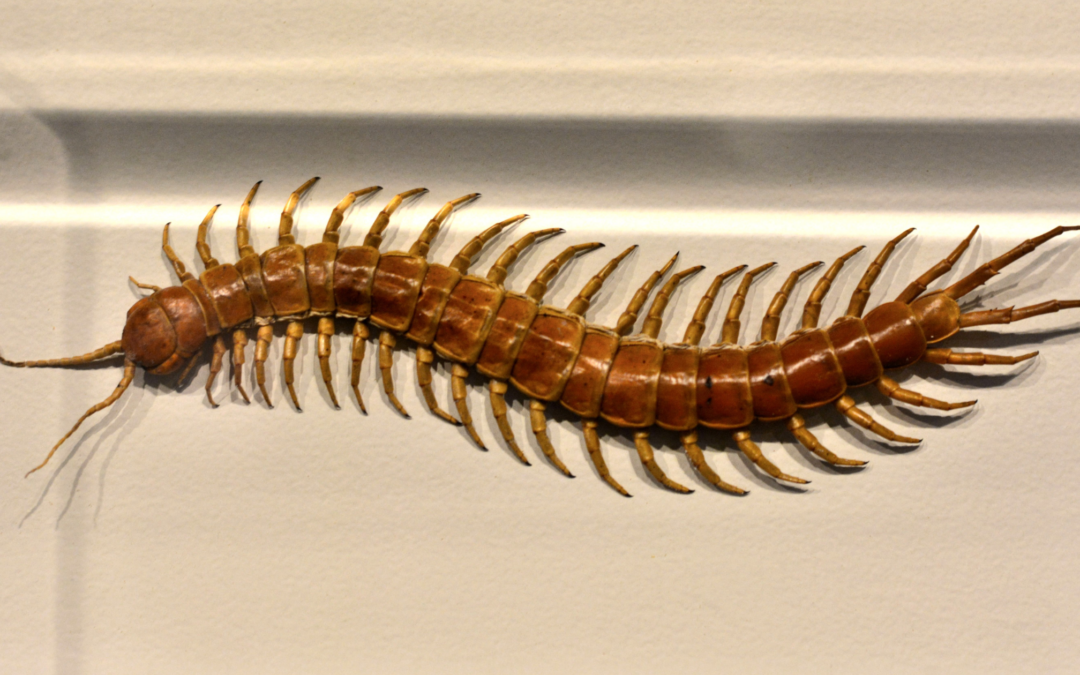Centipedes, with their numerous legs and speedy movements, are not exactly a welcome sight in any home. As common household pests, centipedes can be a nuisance, but understanding what attracts centipedes to your home is the first step towards effective pest control. In this blog post, we’ll delve into the basics of centipedes, how they find their way indoors, signs of infestation, and crucial tips for prevention and elimination.
Basic Information about Centipedes:
Centipedes are arthropods belonging to the class Chilopoda. Despite their name, centipedes do not have a hundred legs; the number varies depending on the species but typically ranges from 15 to 177 pairs. Known for their long, segmented bodies and swift movements, centipedes are carnivorous, preying on insects and spiders.
How Centipedes Invade Homes:
Centipedes are attracted to homes for several reasons. Understanding these factors can help you take proactive steps to keep them at bay.
- Moisture: Centipedes thrive in damp environments. Excess moisture in basements, crawl spaces, and bathrooms creates an ideal habitat for them.
- Food Source: Centipedes feed on other insects, so if your home has an existing insect problem, it might attract centipedes seeking a meal.
- Cracks and Crevices: Centipedes can easily find their way indoors through small cracks and openings in the foundation, walls, or around windows and doors.
Signs of Centipede Infestation:
Identifying a centipede infestation early is crucial for effective pest control. Look out for the following signs:
- Sightings: If you frequently spot centipedes in and around your home, it’s a clear indication of an infestation.
- Shed Exoskeletons: Centipedes shed their exoskeletons as they grow. Finding these shed skins in hidden corners or areas with moisture suggests an active centipede presence.
- Increased Insect Activity: Centipedes are predators, so an increase in other insect activity could attract them.
Tips for Prevention and Elimination:
- Reduce Moisture: Addressing moisture issues is key. Use dehumidifiers in damp areas, fix leaky pipes, and ensure proper ventilation.
- Seal Entry Points: Seal cracks and crevices in your home’s foundation, walls, and around doors and windows to prevent centipedes from entering.
- Remove Hiding Places: Declutter basements, attics, and storage areas to eliminate potential hiding spots for centipedes.
- Regular Cleaning: Regular cleaning helps eliminate the insects that centipedes feed on, reducing their attraction to your home.
- Professional Pest Control: If a centipede infestation persists, it’s wise to consult a professional pest control service. They have the expertise to assess the situation and provide effective solutions.
Don’t let centipedes take over your home. Take proactive steps and ensure a pest-free living environment. Our expert pest control team in Georgia is ready to assist you. Request a free pest control quote today and enjoy the peace of mind that comes with a centipede-free home.
Remember, early detection and preventive measures are crucial in keeping centipedes and other household pests at bay. With the right approach, you can enjoy a comfortable and pest-free living space in Georgia.

